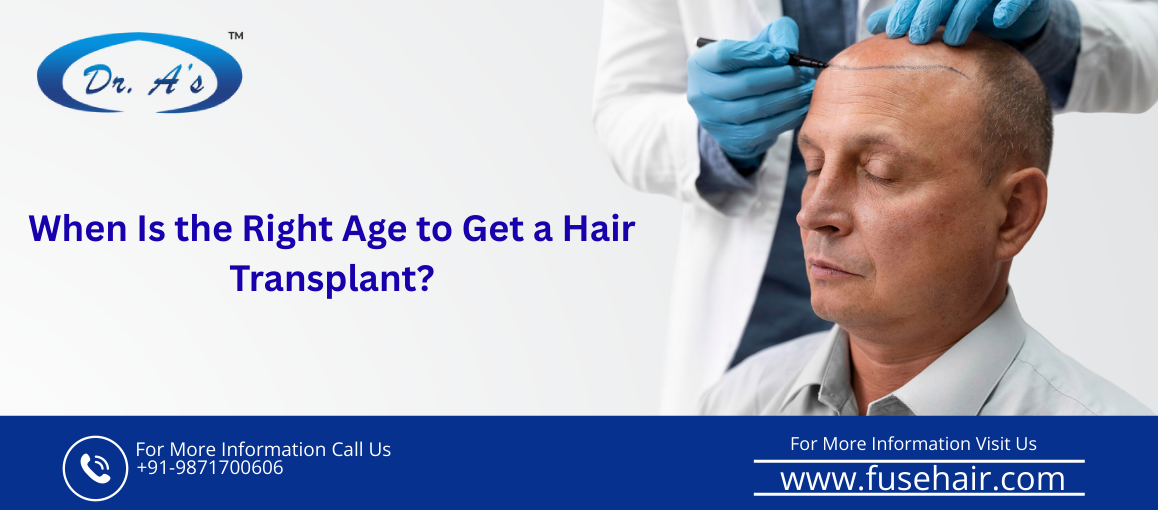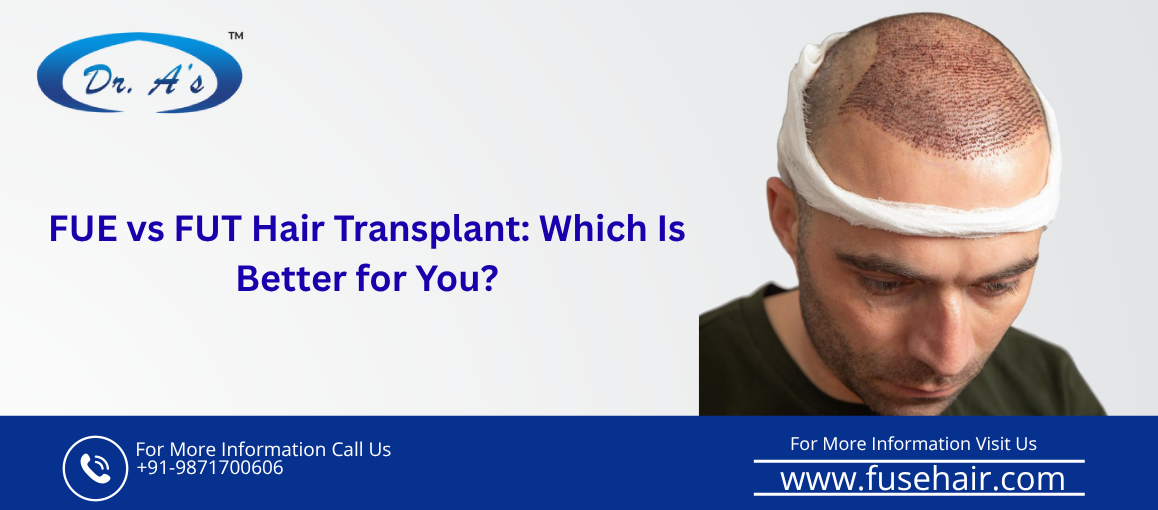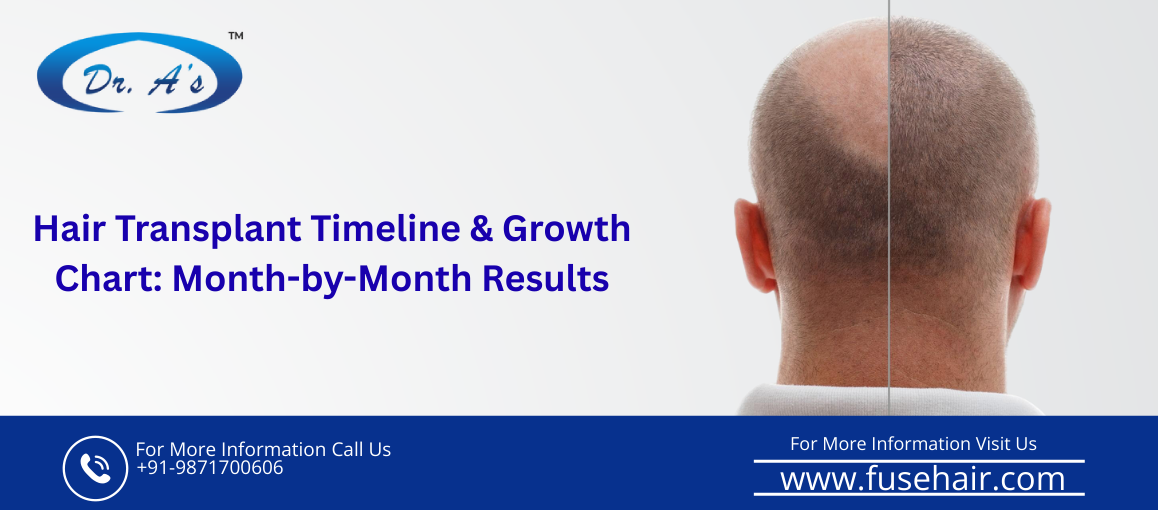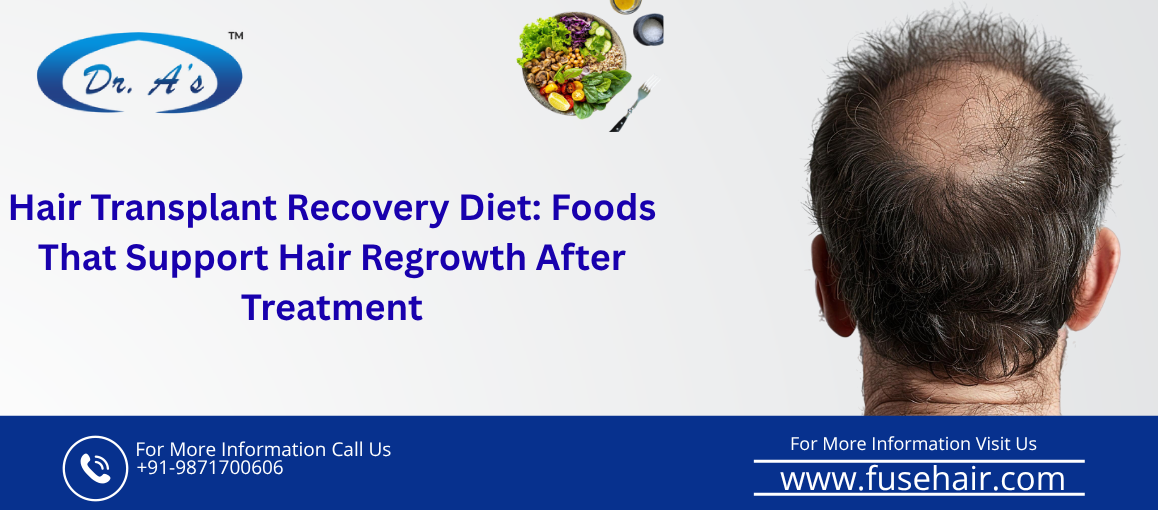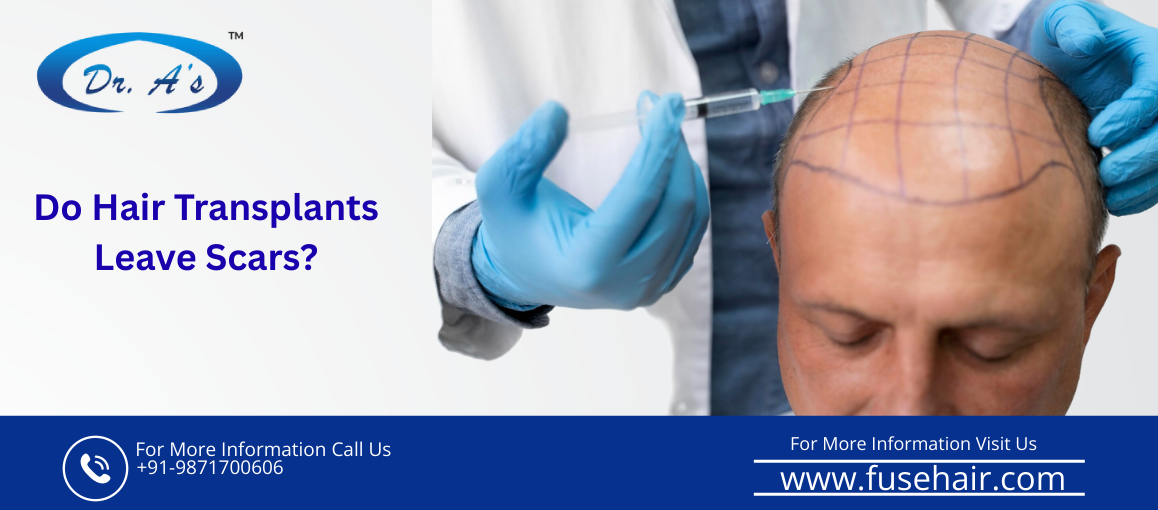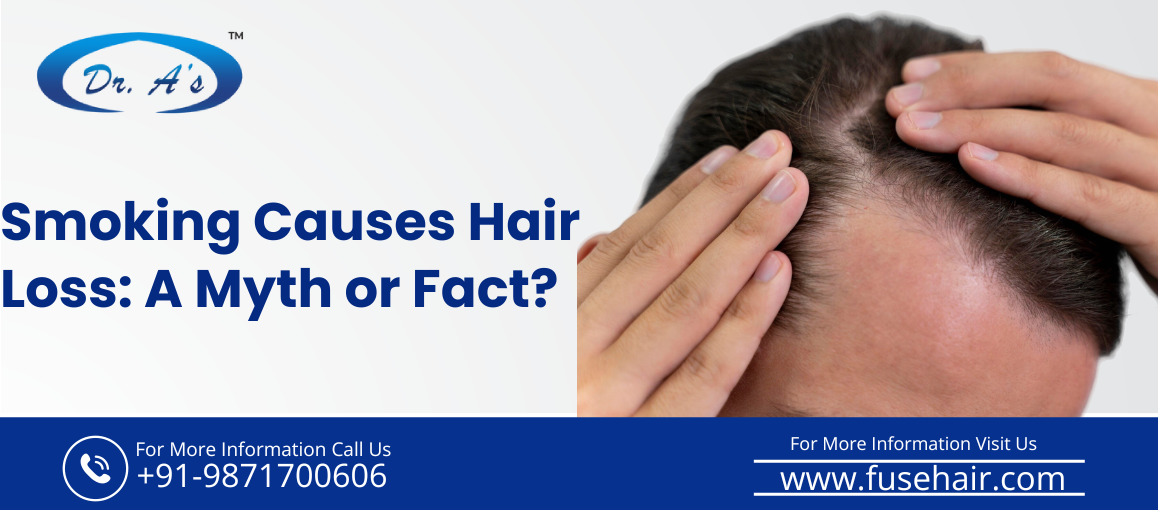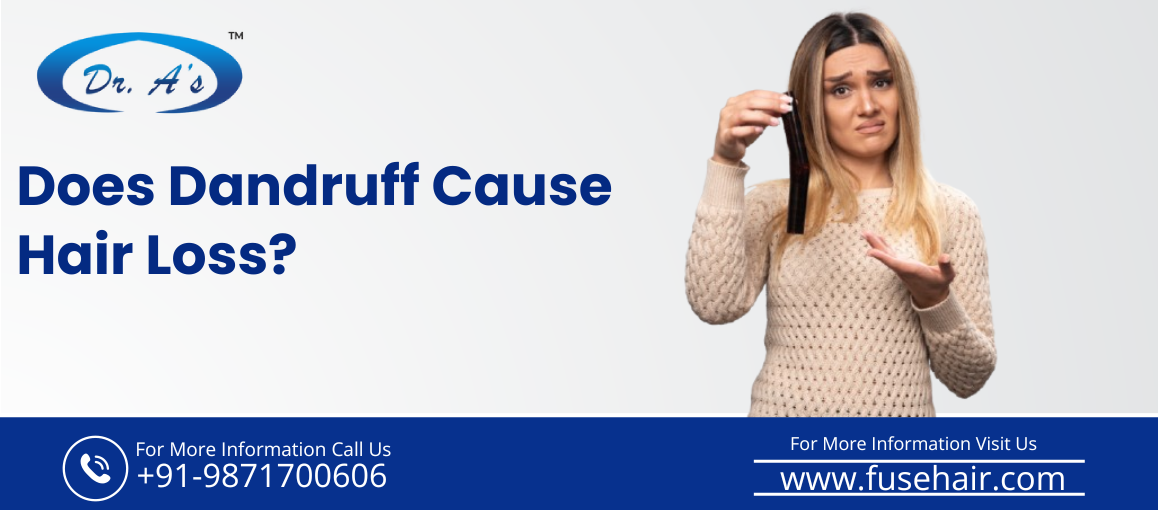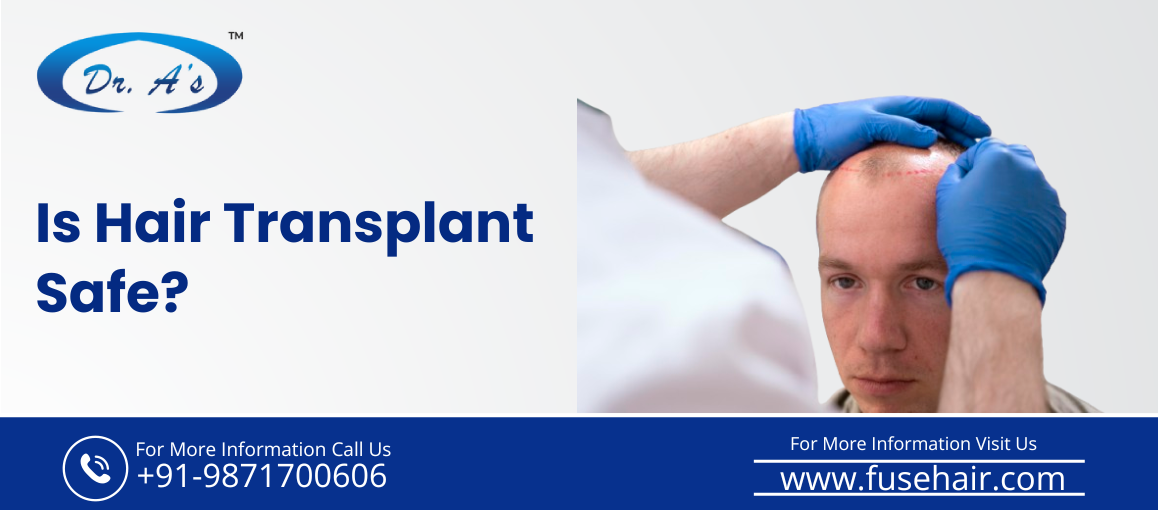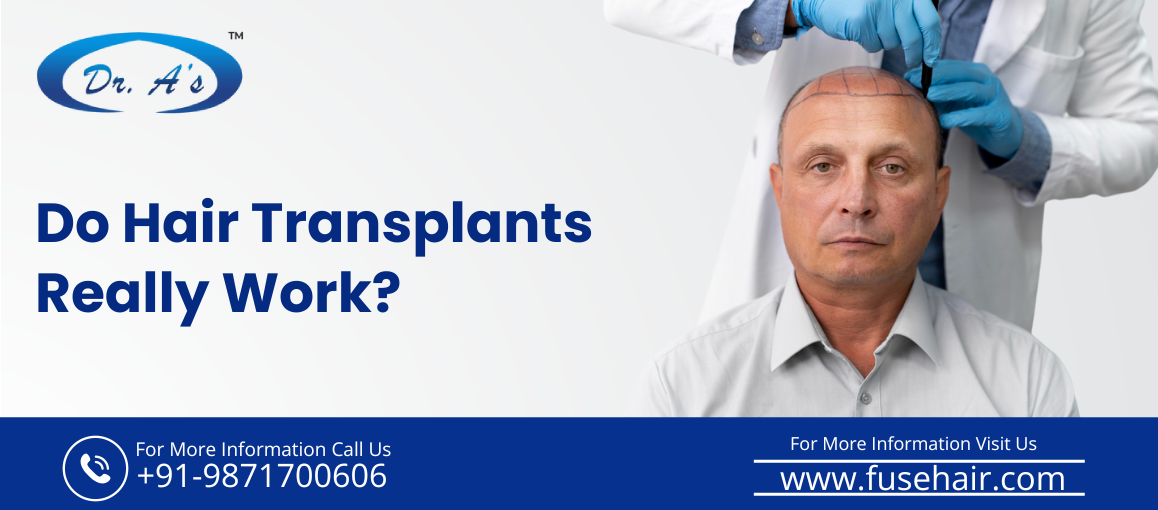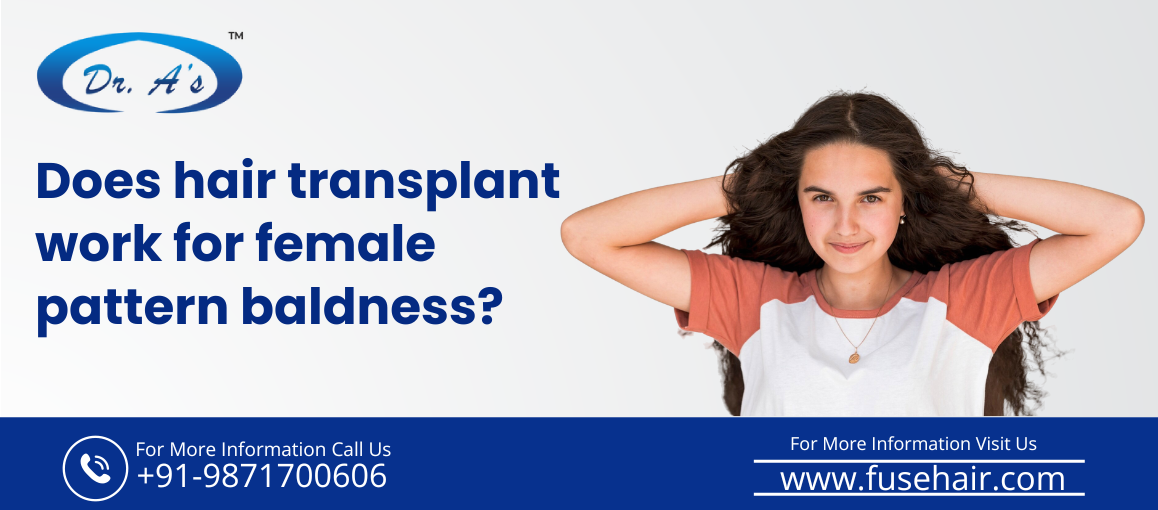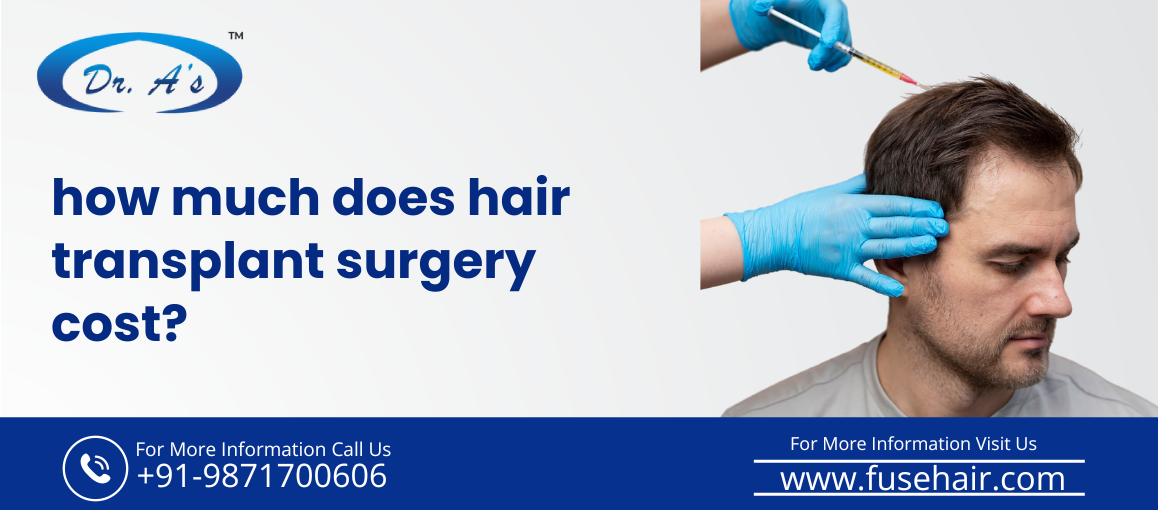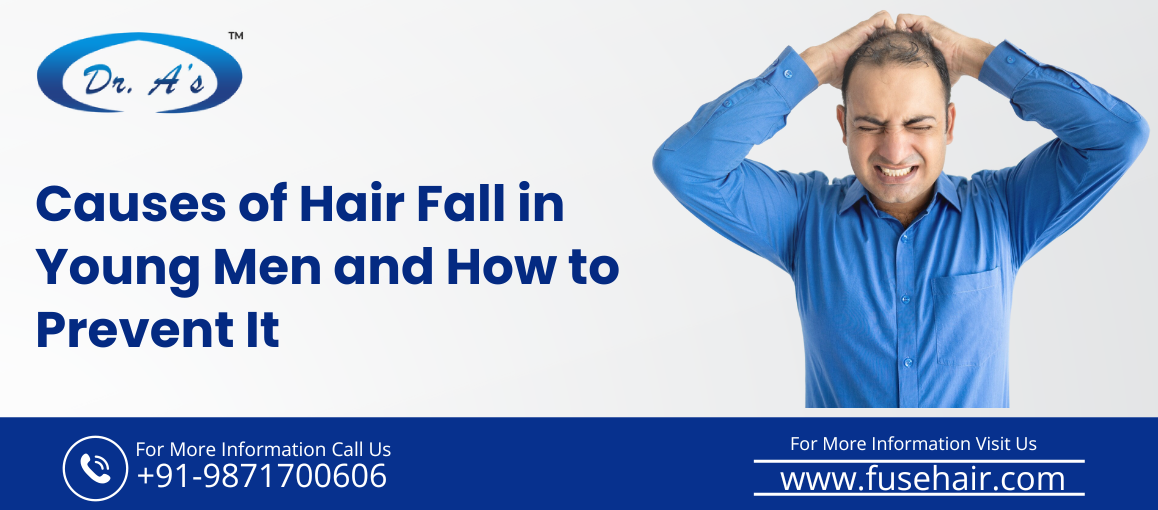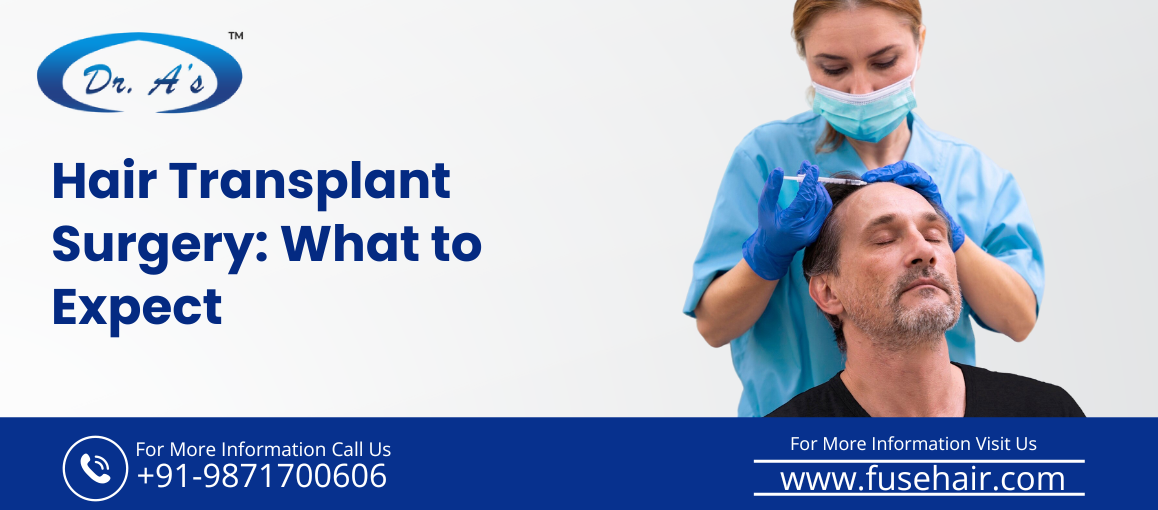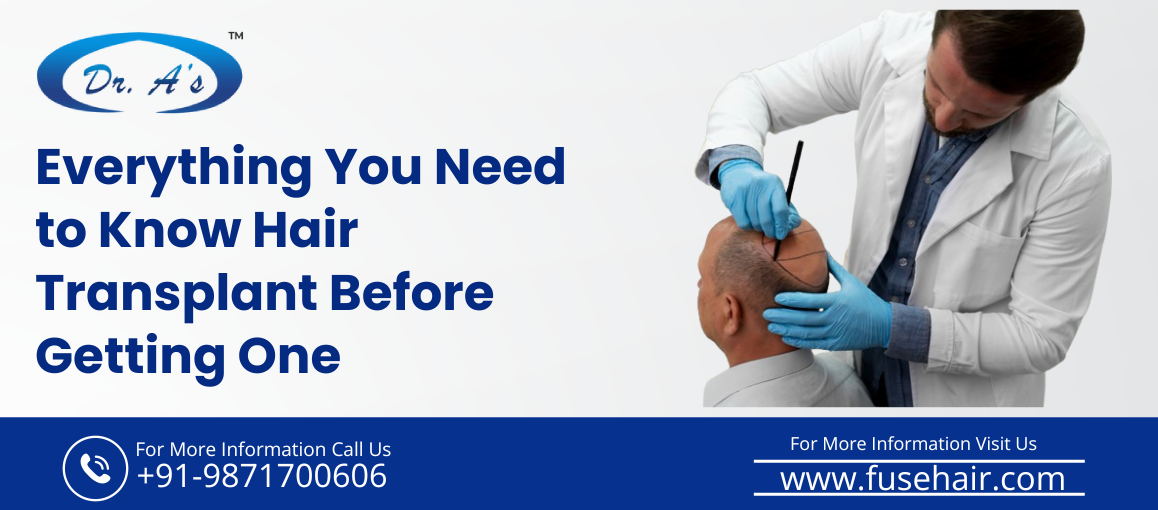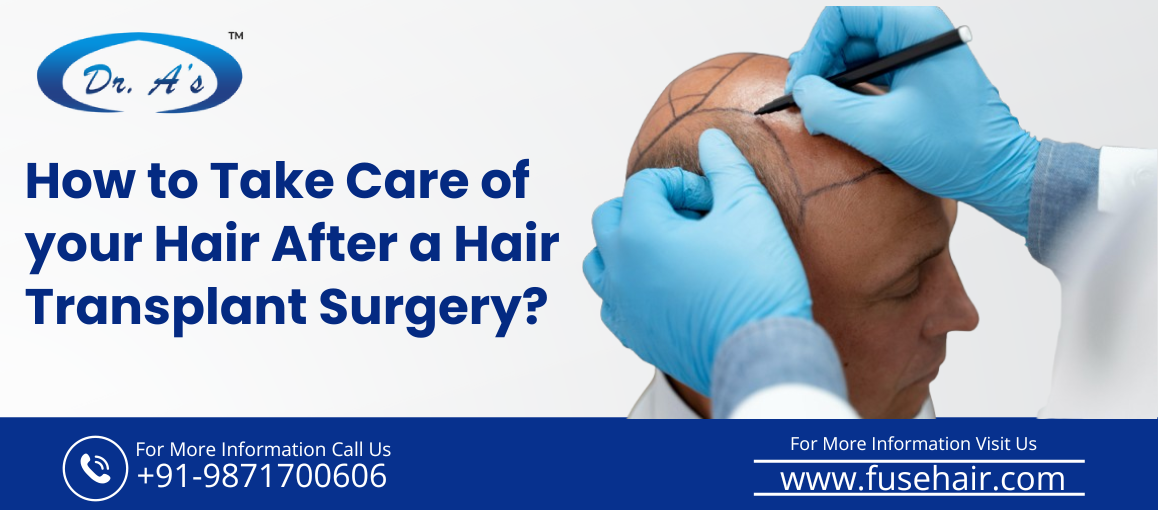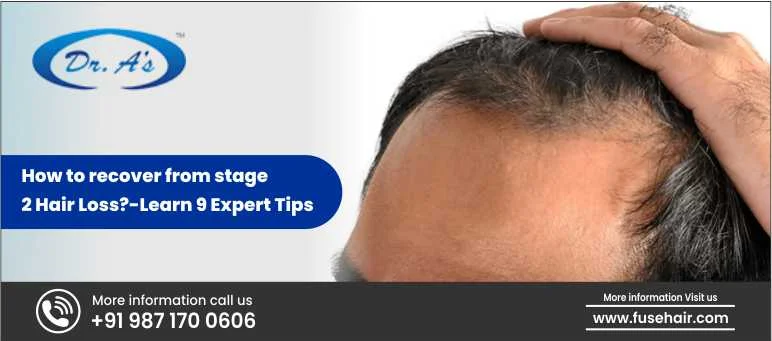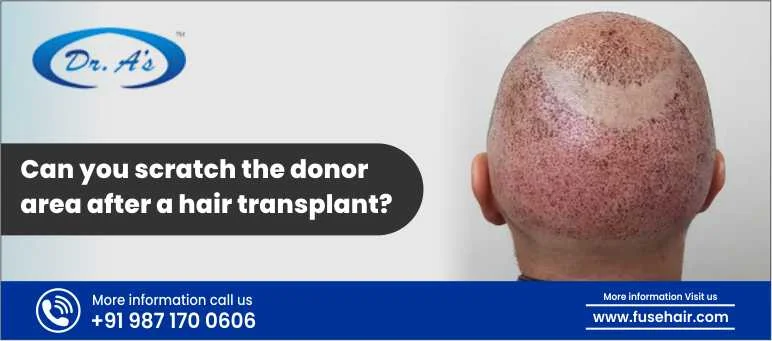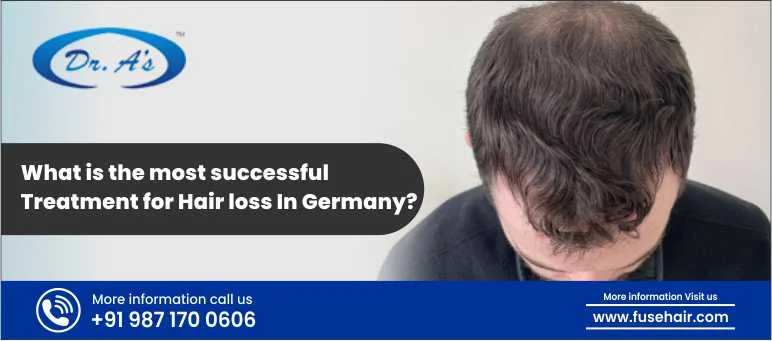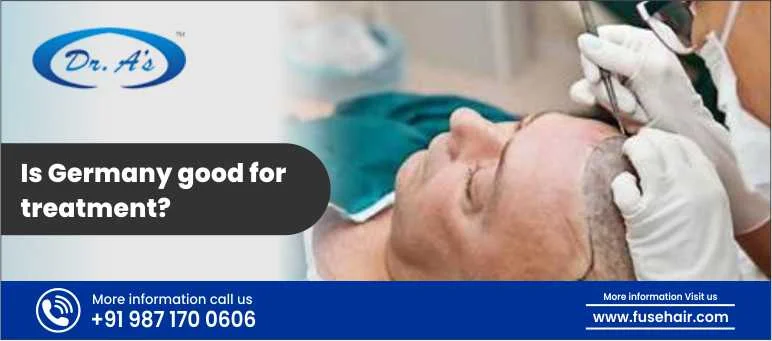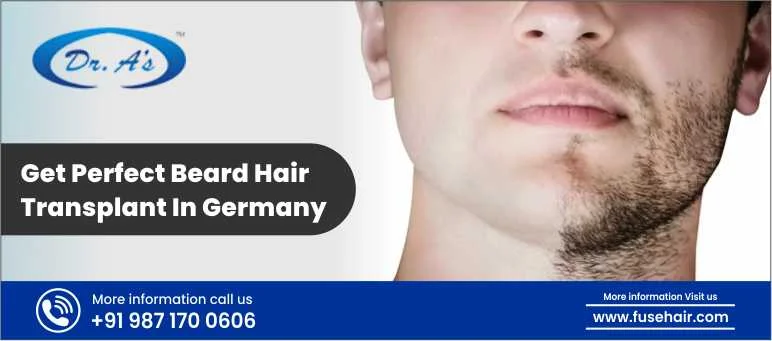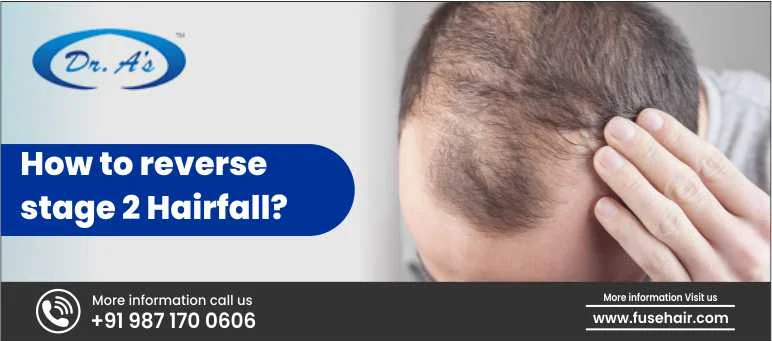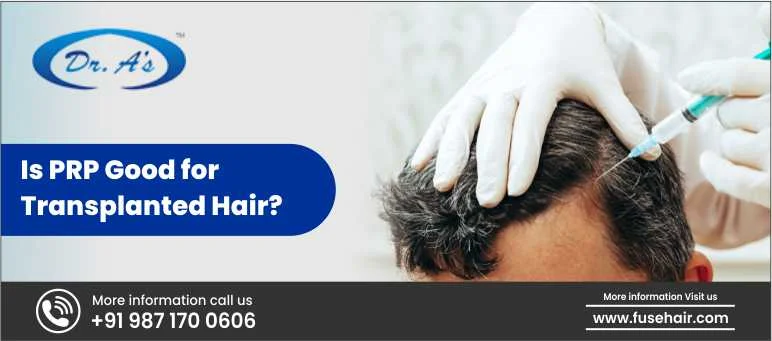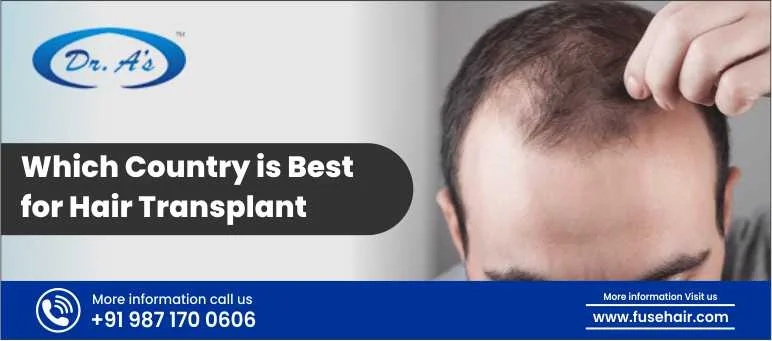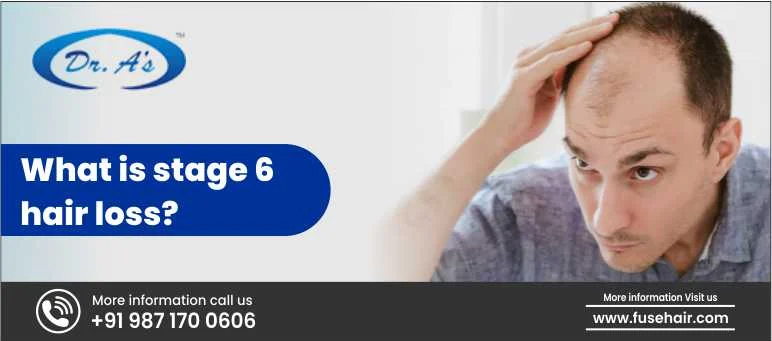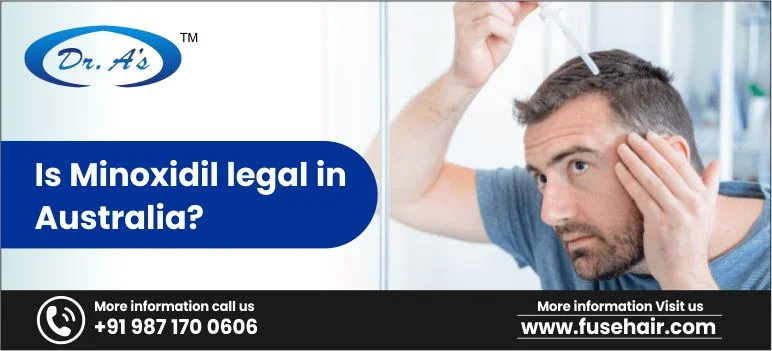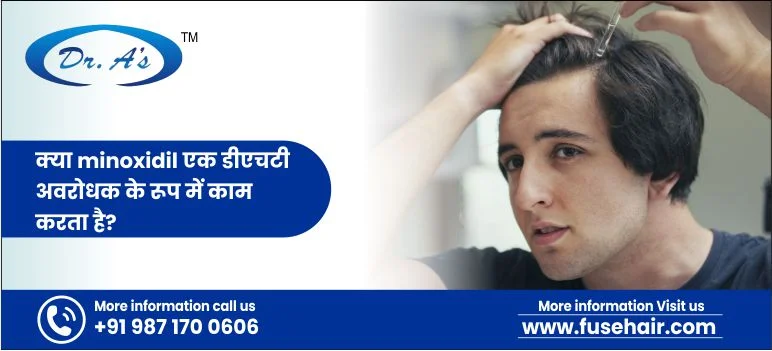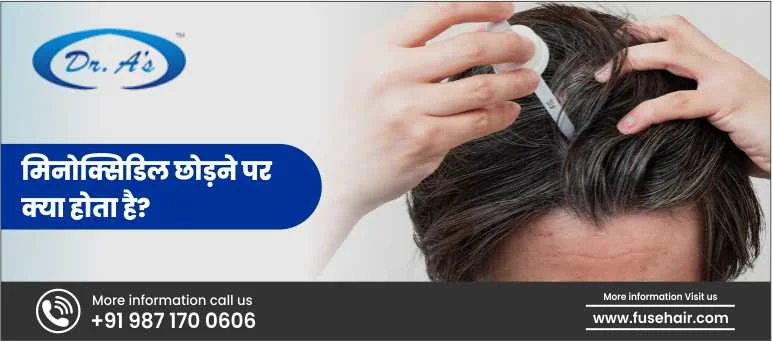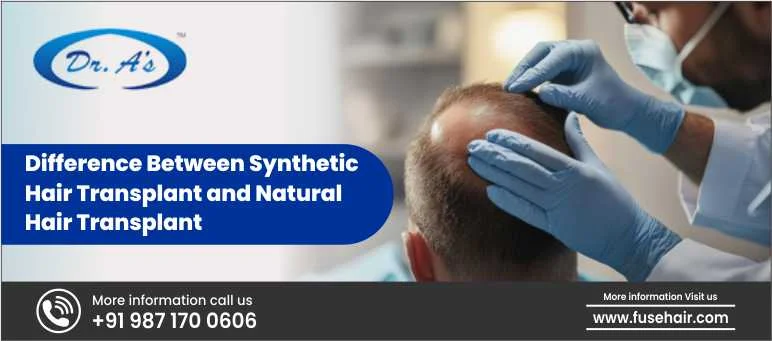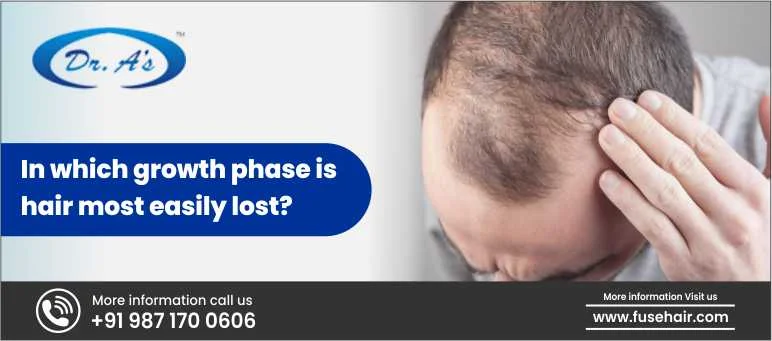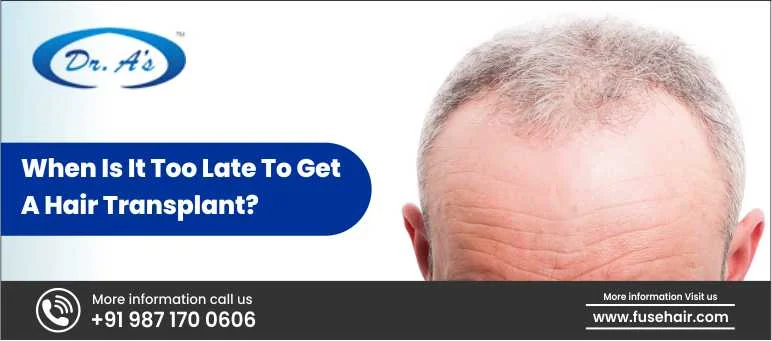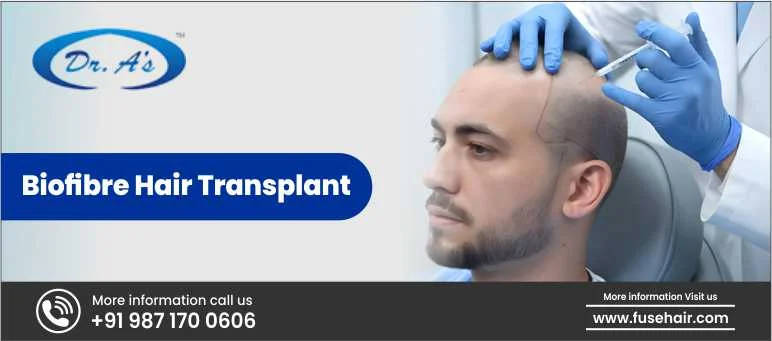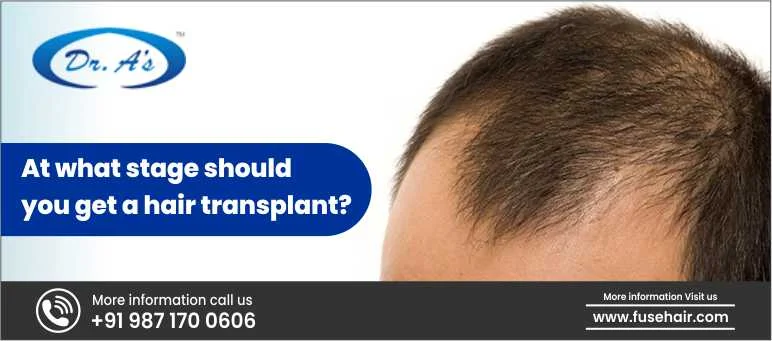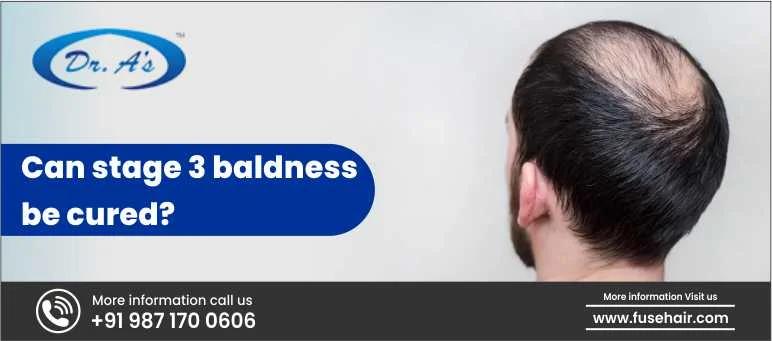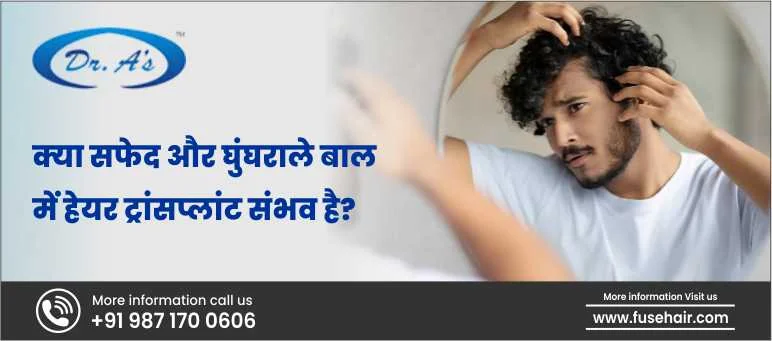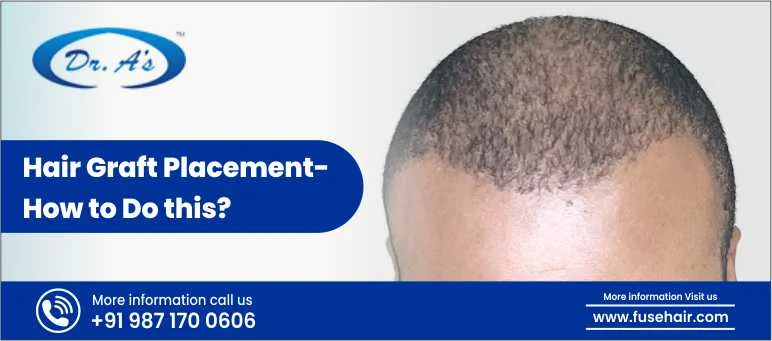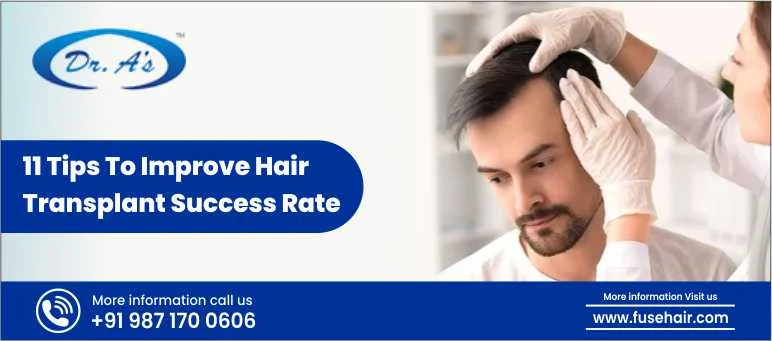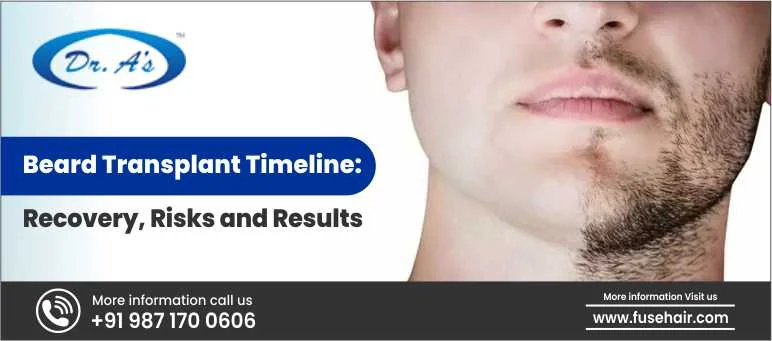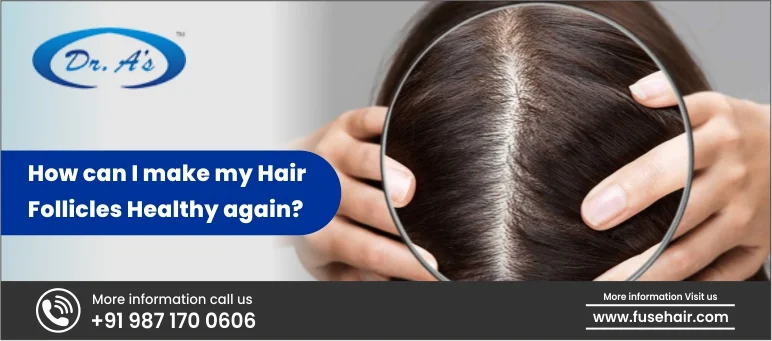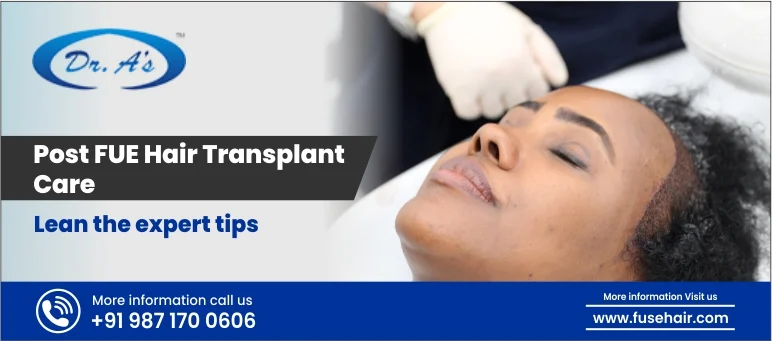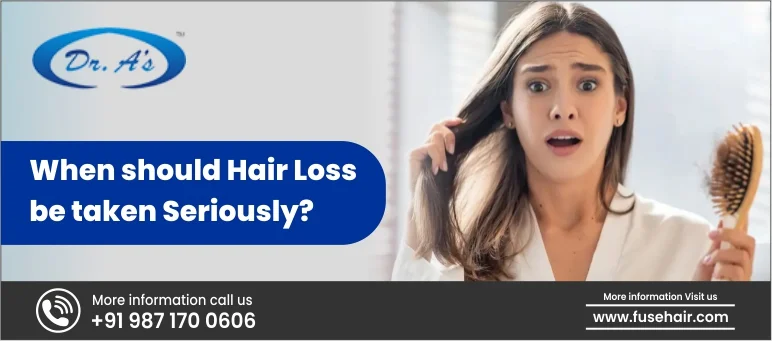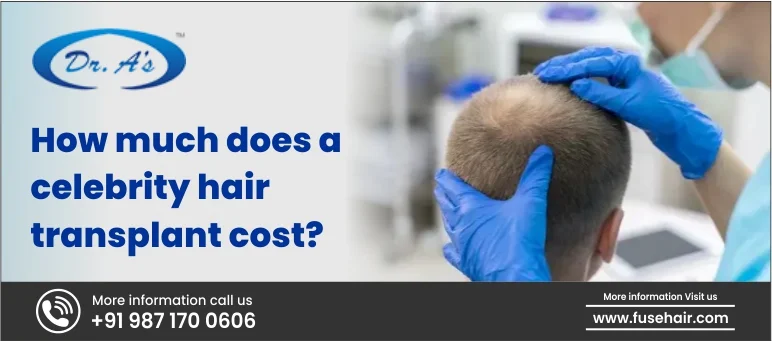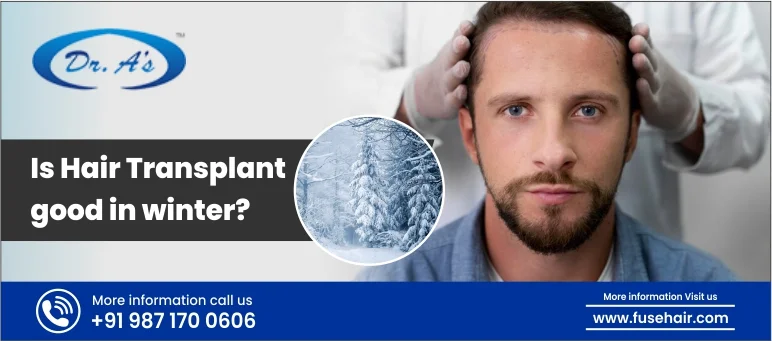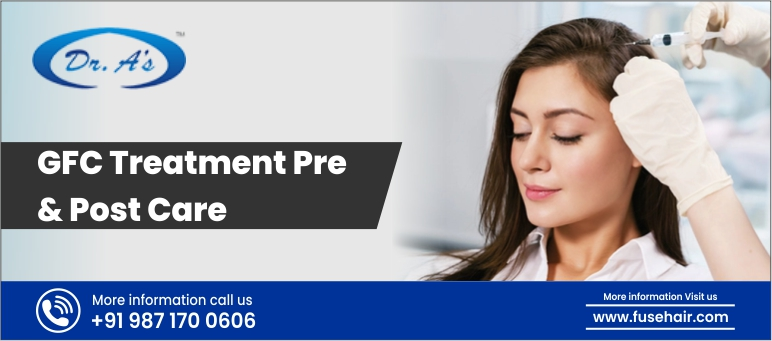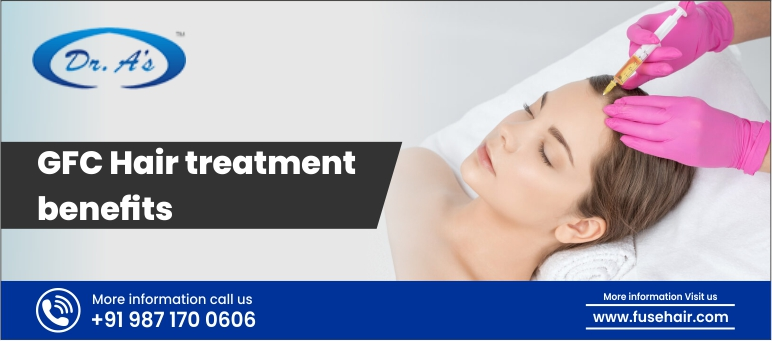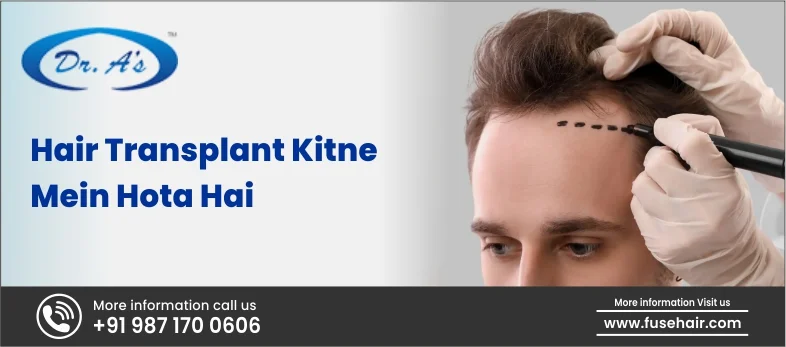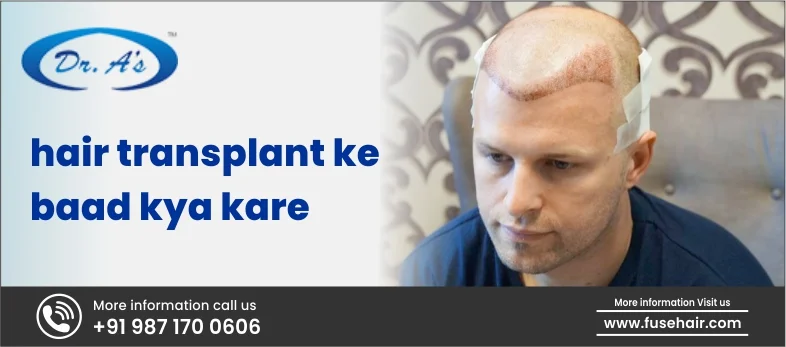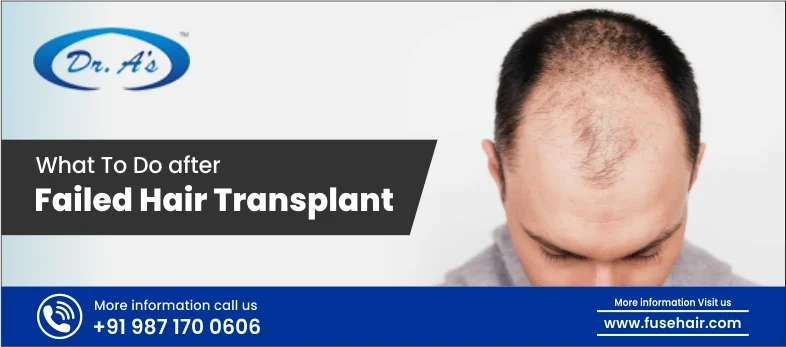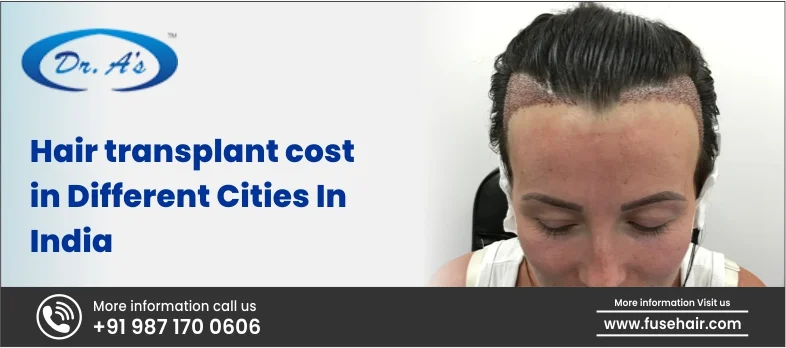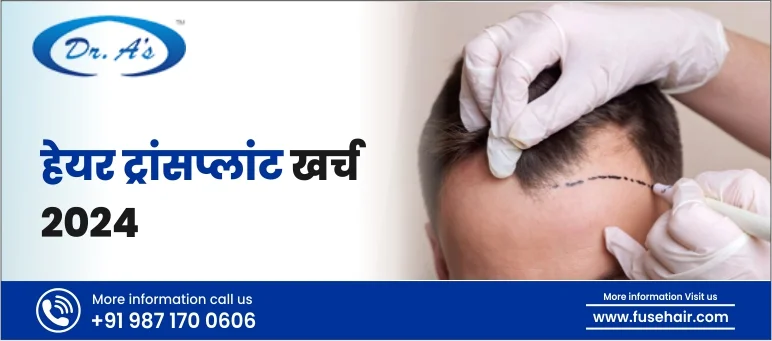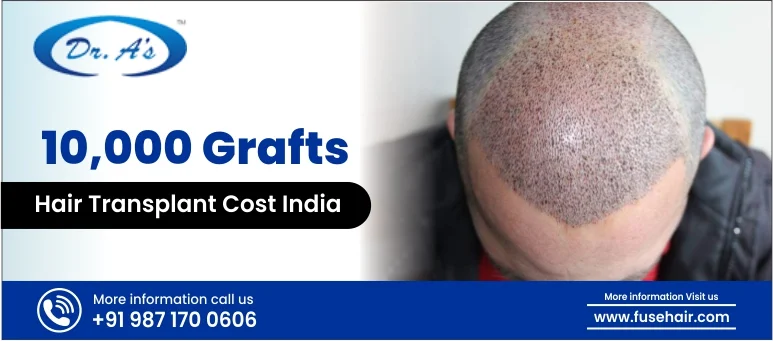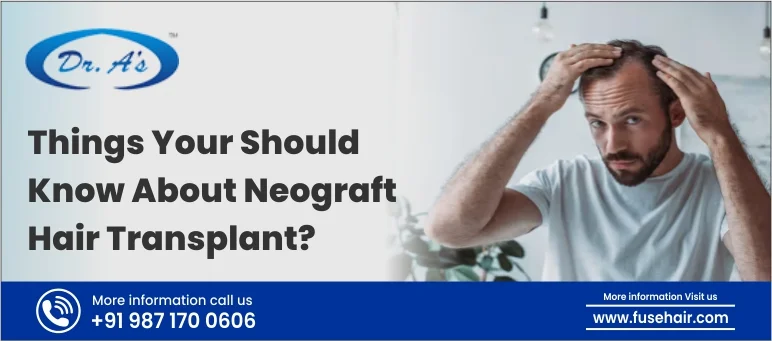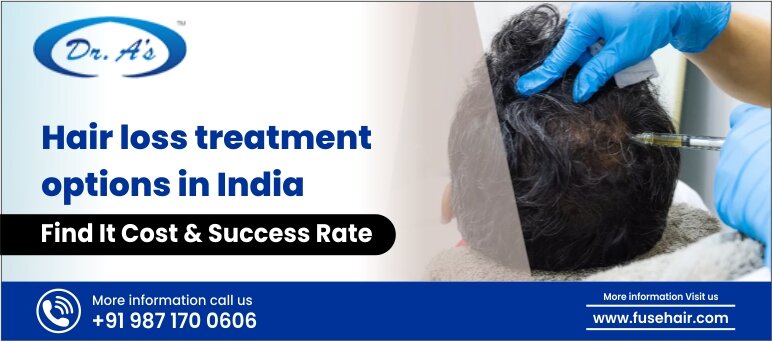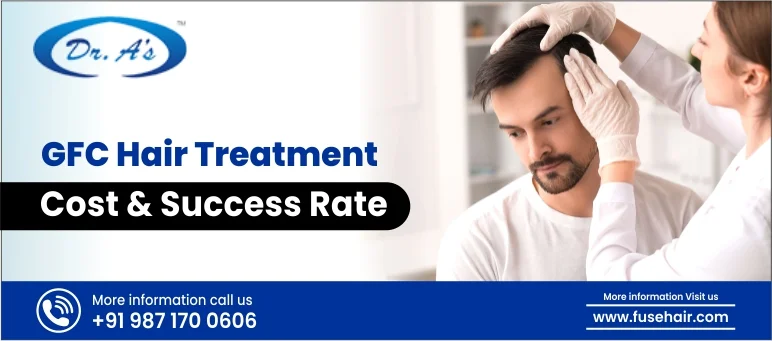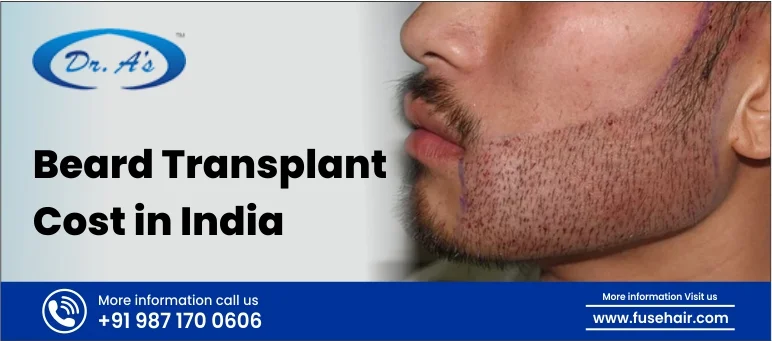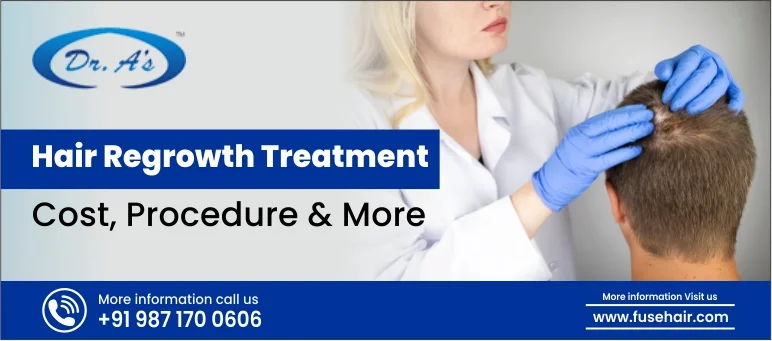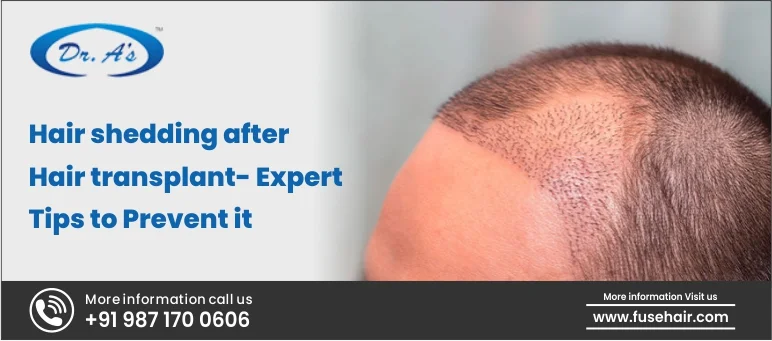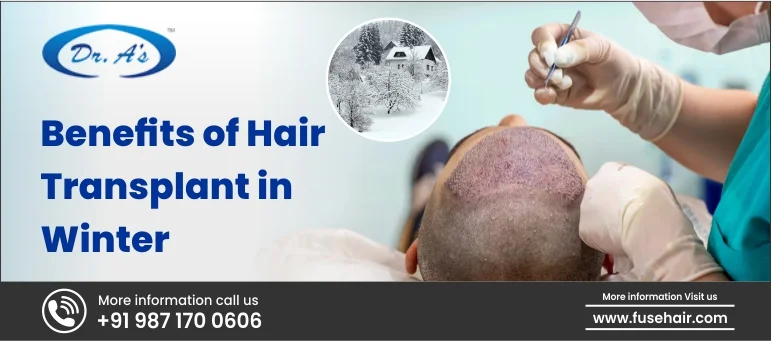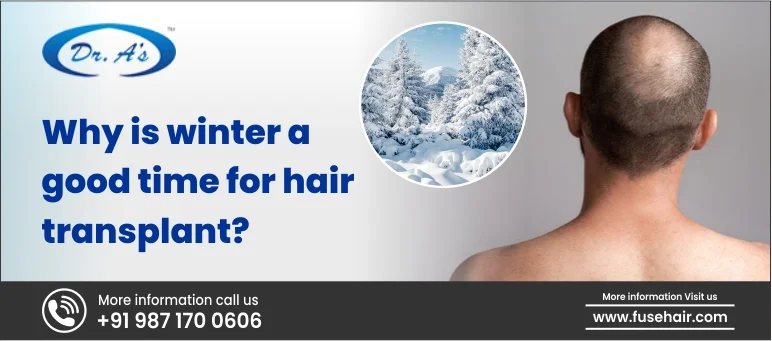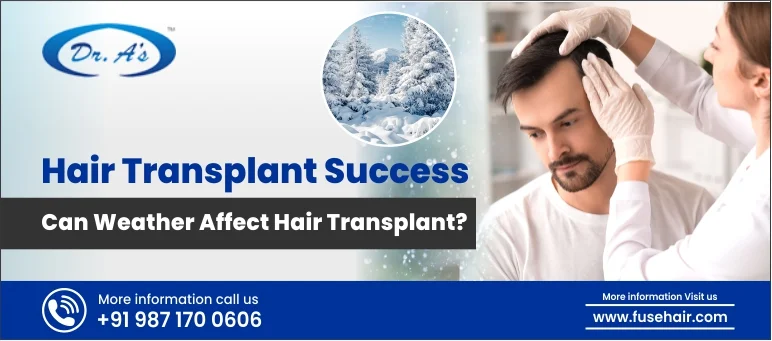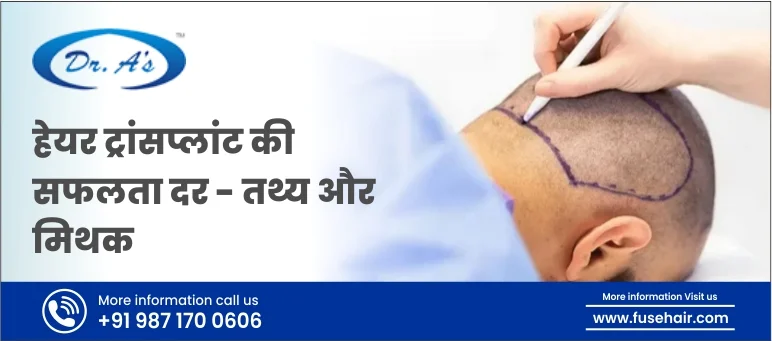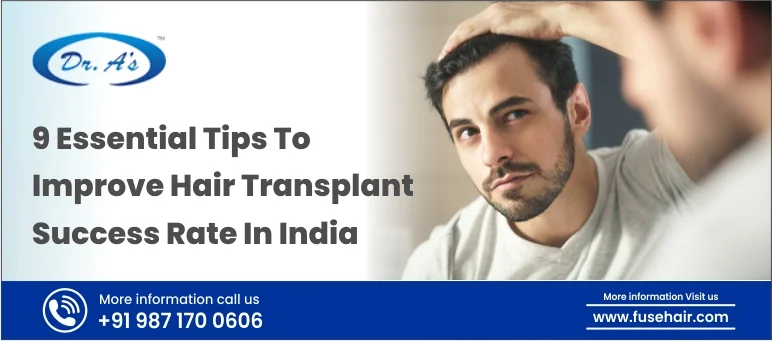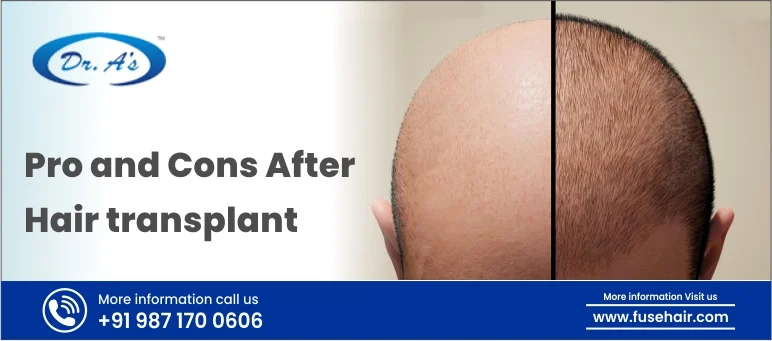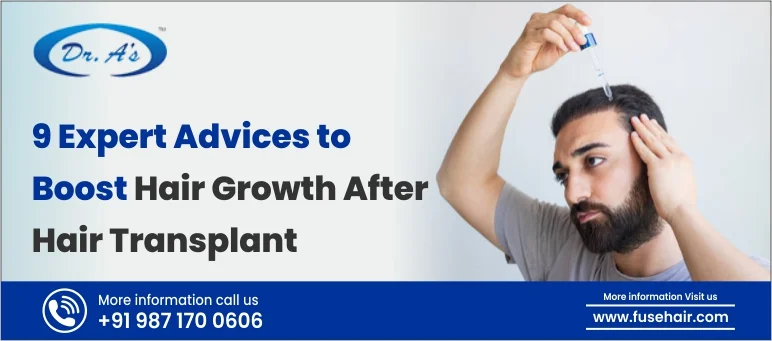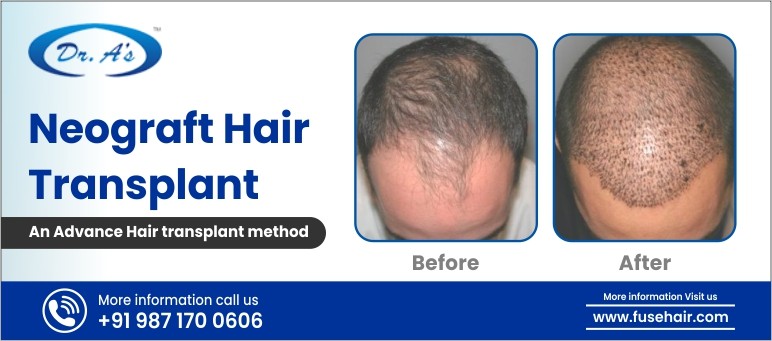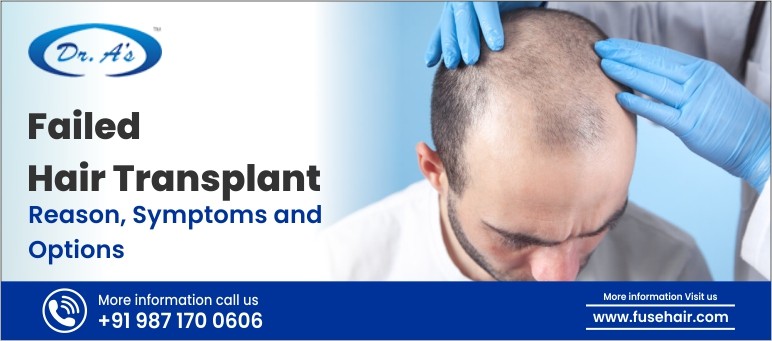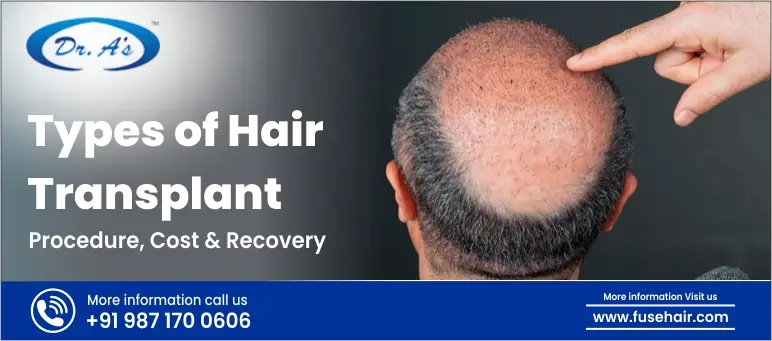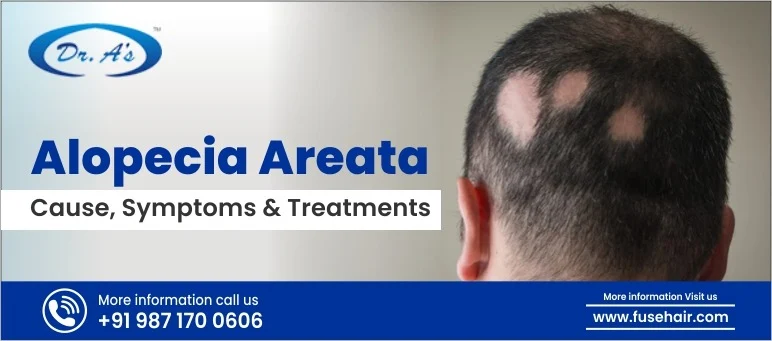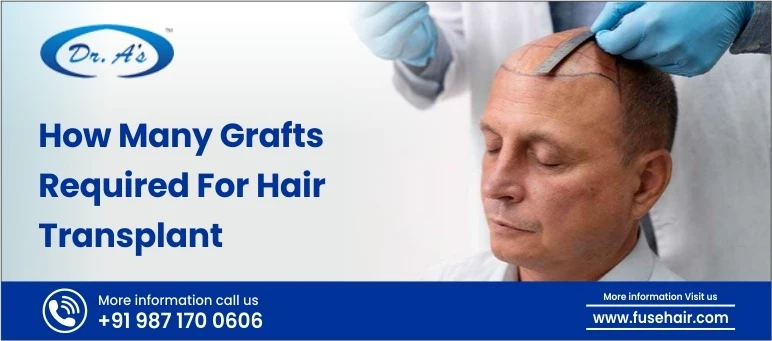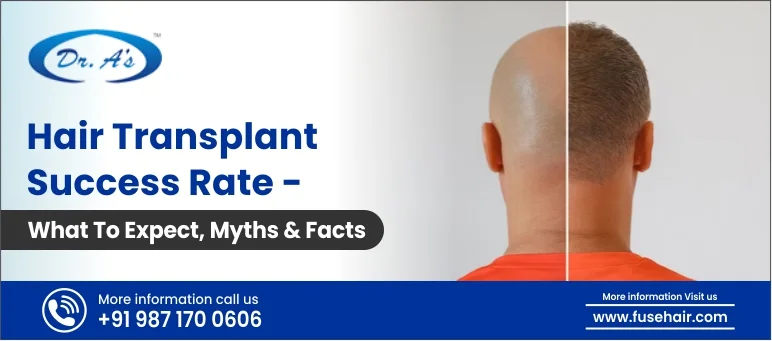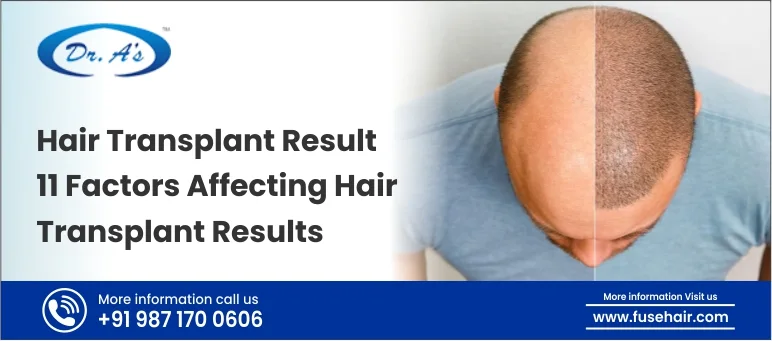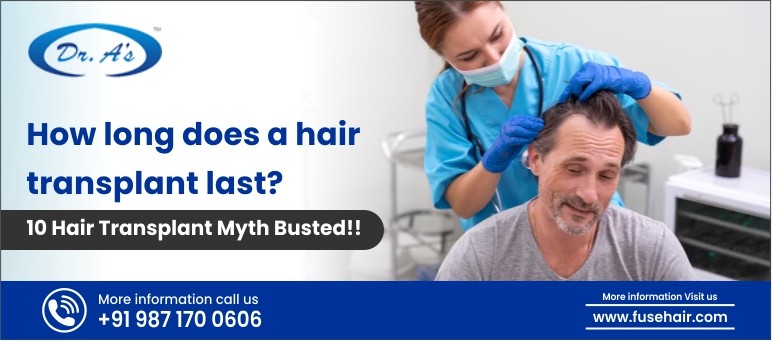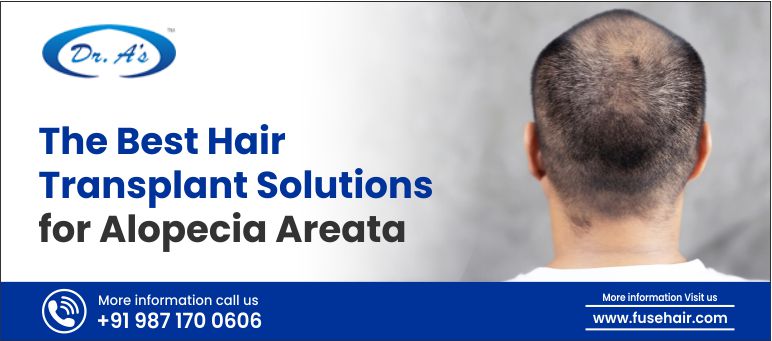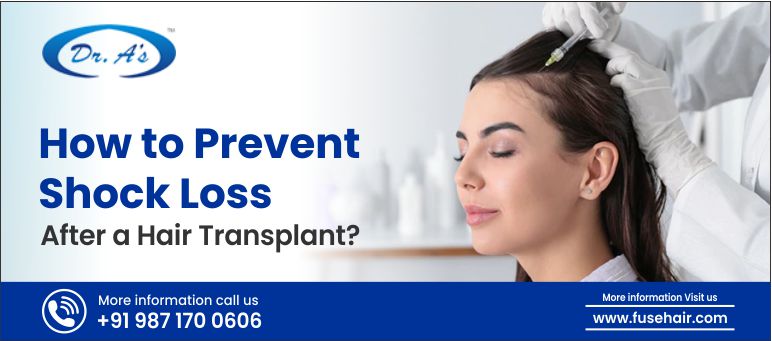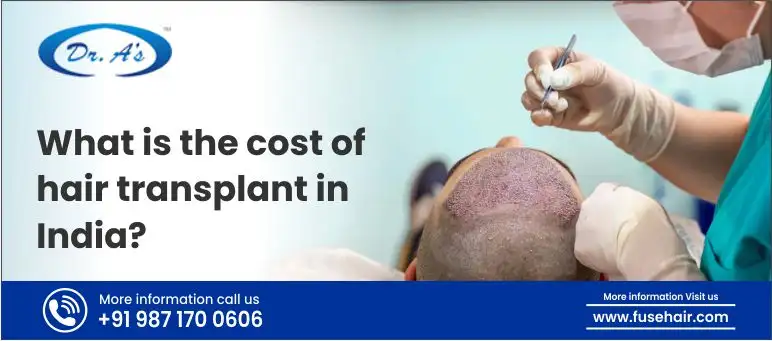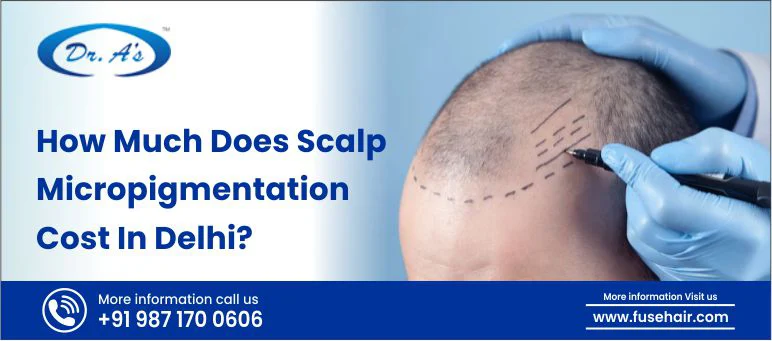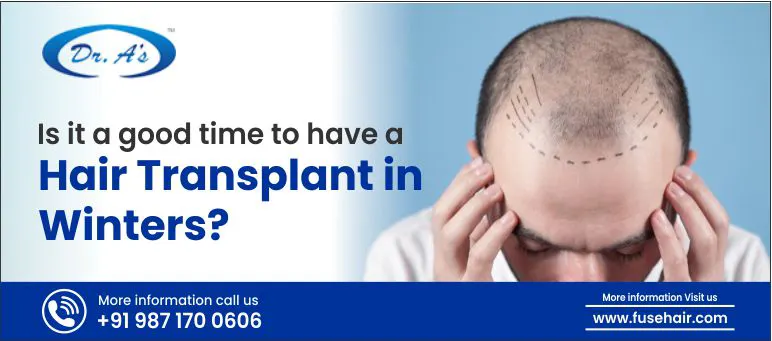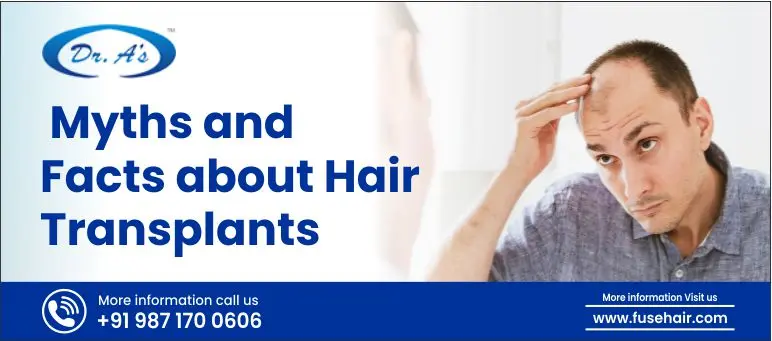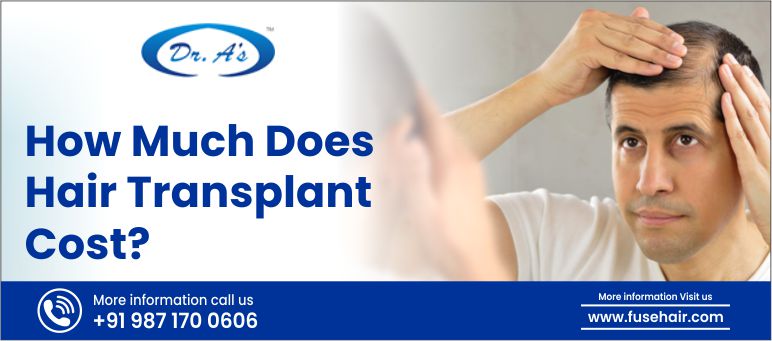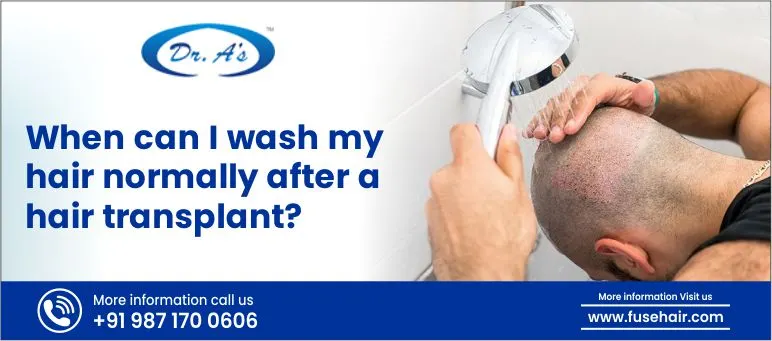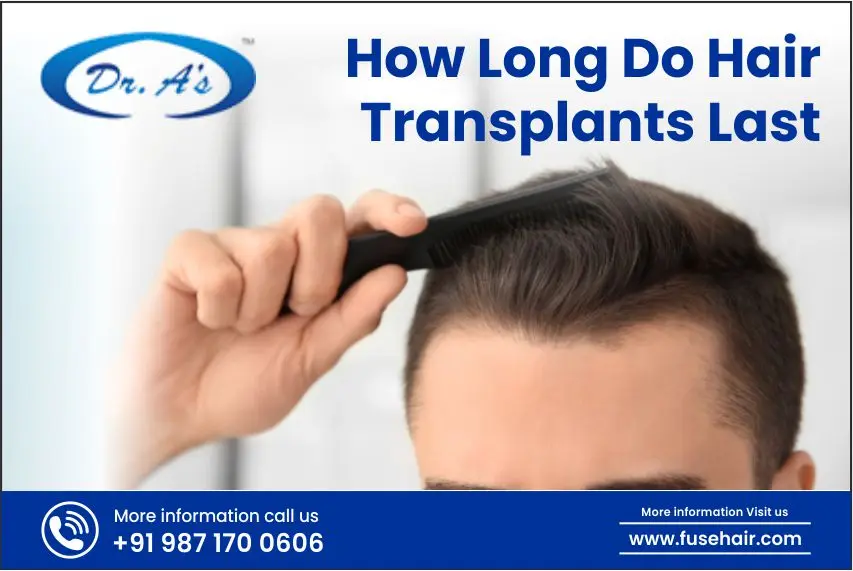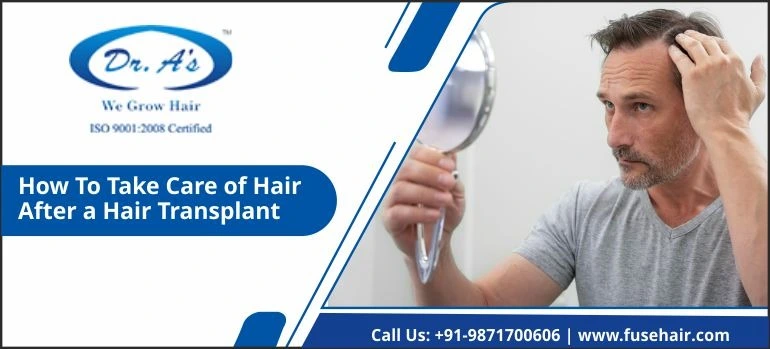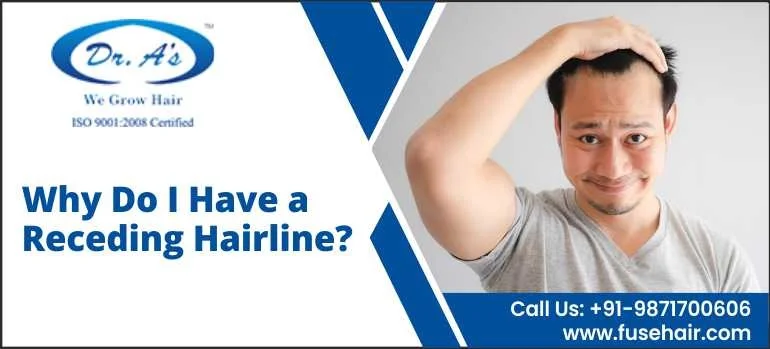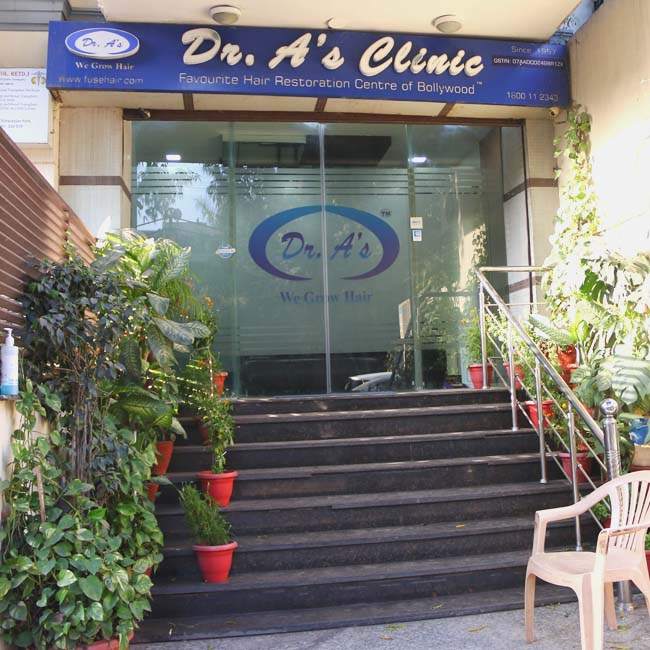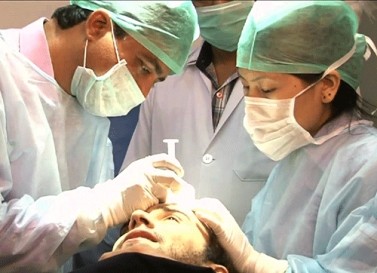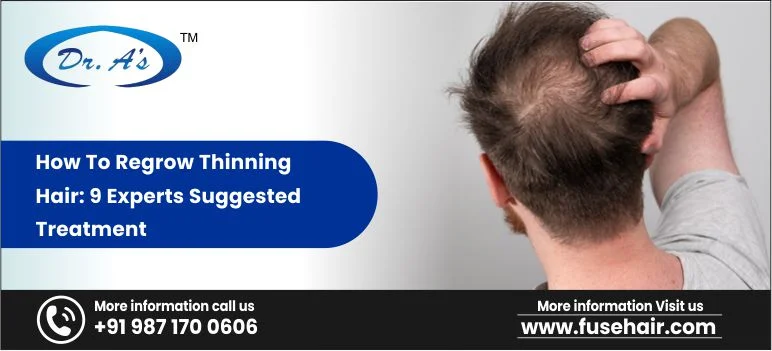
Thinning hair is a problem that affects millions of men and women all around the world. It tends to bring frustration, tension, and an ongoing search for something effective. Genetics, stress, dietary insufficiencies, and hormonal disturbances are some of the most common causes of thinning hair. However, in the current era, medical science does provide hope. Thanks to professionally recommended treatments, restoring thinning hair is simpler than ever.
Dr. A’s Clinic, led by the highly renowned Dr. Arvind Poswal, provides the best hair transplant in Delhi that addresses hair thinning right at its root.
So, in this blog, we will talk about 9 expert-recommended treatments that have proven to bring high success in enabling one to regrow thicker and healthier hair.
Proven Treatments for Thinning Hair Backed by Experts
Hair thinning is not synonymous with permanent loss of hair. With proper and timely treatments, hair can regrow. The following treatments are scientifically established, routinely prescribed by experienced hair transplant surgeons, and are meant to treat different phases and causes of hair thinning.
-
Minoxidil (Topical Solution)
Minoxidil is a widely used and successful treatment for hair loss. It is an over-the-counter (OTC) formulation that is FDA-approved. Minoxidil’s mechanism to stimulate the growth of thicker, stronger hair involves increasing blood flow to the hair follicle.
It can be performed on both men and women with the earliest stages of moderate hair loss. Minoxidil comes in 2% and 5% solutions. It should be applied directly to the scalp one or two times per day as directed by a hair specialist. It may also take three to six months to see visible results, and regular application is also important to keep hair growth in progress.
There may be temporary side effects when beginning minoxidil, such as scalp irritation and initial shedding, for some individuals. Yet, such side effects are typically temporary and decrease over time with regular use. Hence, minoxidil is incorporated in a balanced hair treatment program to get the best of its effectiveness against hair thinning.
-
Finasteride (Prescription Pill For Men)
Finasteride is another popular way to go, especially if you’re a man dealing with androgenetic alopecia, also known as male pattern baldness. It does so by spiking dihydrotestosterone, a hormone that, over time, causes hair follicles to grow smaller.
This medication is available in two doses, mainly 1mg and 5mg, which need to be consumed orally with water both with and without food. According to clinical studies, it can retard hair loss and even regrow hair among many males. The majority of patients see progress in six to 12 months of regular use.
But it’s not the best option for women, including those who are pregnant or trying to conceive. A few men may face side effects like lower sex drive or even mild hormonal changes, but they are the exception, not the norm. Under the expert supervision of Dr. Arvind Poswal, patients can receive thorough consultation before starting finasteride to ensure it is the right treatment for their condition.
-
Low-Level Laser Therapy (LLLT)
Low-Level Laser Therapy, LLLT, is a non-invasive treatment that is clinically proven to increase hair density and volume. The laser light stimulates blood flow to the scalp, which may encourage hair growth.
LLLT is administered with the help of special gadgets, including laser combs, helmets, or caps. The treatment is non-painful and can be performed at a clinic or at home. Patients are usually recommended to utilize the device for 15 to 30 minutes three to four times weekly.
Studies have proven that LLLT causes thicker and denser hair after 4-6 months of consistent use. Clinics often recommend LLLT as part of a combined treatment approach for patients, especially those looking for non-surgical solutions to early hair thinning.
-
Platelet-Rich Plasma therapy
PRP therapy is an increasingly popular non-surgical treatment option for hair loss. The process entails a small amount of the patient’s blood being drawn, processed to concentrate the platelets then injected as a rich plasma into the scalp.
Platelet-rich plasma is rich in growth factors that can revive dormant hair follicles, encouraging new growth. PRP therapy can be repeated every four to six weeks over three to four months and then repeated every six to 12 months for maintenance.
The procedure is safe, and downtime is minimal. Mild discomfort or swelling can also occur from the procedure, and typically lasts one or two days. A lot of patients notice visual changes after the second or third session. Clinics like Dr. A’s Clinic in Delhi use PRP therapy in combination with other advanced methods to deliver excellent results tailored to each individual’s needs.
-
FUT (Follicular Unit Transplantation)
Follicular Unit Transplantation is popularly used as a surgical approach to hair restoration and regrowth. In this technique, a flap of hair-bearing skin is cut from the back of the head, where hair growth is more abundant. This strip is removed or dissected into follicular units, which are then inserted into the thinning or balding part of the scalp.
FUT makes it possible to transplant a high number of grafts at a time, and it is ideal for patients with a stage 5 level of hair loss. FUT leaves a linear scar but can readily be concealed with adjacent hair, particularly in individuals with longer hairstyles.
The operation is done under local anaesthetic and usually lasts for hours. The recovery time is generally between one to two weeks, and final results show up over 6 to 12 months. The hair transplant procedure is carried out with great precision by the well-renowned and experienced Dr. Arvind Poswal and his team at Dr. A’s Clinic.
-
Scalp Microneedling
Scalp microneedling is when small needles create micro-wounds on the scalp. This increases collagen production and improves blood circulation to the scalp, stimulating hair follicles and promoting new hair growth. This can also help other topical treatments, like minoxidil, to penetrate the skin and, therefore, work better. It can be done at home with dermarollers or professionally at clinics like Dr. A’s Clinic for more accurate and controlled treatment.
When included in a skincare routine, microneedling is performed on a weekly or biweekly basis, based on individual preference. Patients can expect some mild redness or sensitivity for one to two days following the treatment. As we age, regular microneedling can also help to enhance hair thickness and density when used in conjunction with other treatments.
-
FUE (Follicular Unit Extraction)
FUE or Follicular Unit Extraction is one of the most modern and advanced methods for hair transplant. In contrast to FUT, and normally for FUE, hair follicles are removed individually directly from the donor area using tiny punches. This technique, which does not result in a linear scar, enables patients to wear short hairstyles without any evidence of surgery. The recovery time is much quicker than FUT, and there is less pain and scarring.
FUE is so precise that it is ideal for anyone suffering from limited to moderate hair loss. Dr. Arvind Poswal usually recommends the FUE technique for patients who want substantial density without the high scalpels but are looking for a minimally invasive procedure with natural results.
-
FUSE (Follicular Unit Separation Extraction)
FUSE, which stands for Follicular Unit Separation Extraction, is a modified technique created to merge the benefits of FUT and FUE. With FUSE, follicles are transected and removed according to an advanced method, with reduced trauma to the donor region and a high percentage of graft survival.
It is sutureless and minimally invasive, more comfortable for patients, and the healing time is much quicker. It’s a highly accurate surgery, and a quite high-density family can provide a better cosmetic look to patients who require a specific hair restoration.
Dr. A’s Clinic is among the very few clinics performing advanced FUSE procedures in India, backed by extensive clinical research and the surgical experience of Dr. Arvind Poswal. Patients appreciate our customized care, high-tech facilities, and excellent success rates.
-
Nutritional Supplements and Diet
Dietary factors are frequently ignored but can be an important factor in hair loss. Insufficiencies of key vitamins and minerals, such as biotin, zinc, iron, vitamin D, and protein, can cause hair loss and weaken the hair. Fixing these deficiencies by alternating diet or supplement can help hair to regrow.
You can eat your way to more lustrous tresses by loading up on protein, omega-3 fatty acids, and antioxidants found in eggs, nuts, dark green veggies, and fish. Supplements like Nutrafol and Viviscal also feature ingredients supported by research to promote hair density. Be sure to be advised by an expert before you commence with supplementation to avoid unnecessary or excessive intake.
Conclusion
Hair loss doesn’t have to be a life sentence anymore. Thanks to cutting-edge treatments offered by various clinics across India, there are many expert-recommended options available to anyone who desires fuller, healthier hair. Whether it’s a non-invasive treatment or advanced transplant techniques such as FUE and FUSE, Dr. A’s Clinic provides full-spectrum care under the learned hand of Dr. Arvind Poswal.
We are a trusted name that has taken the lead in helping people regrow their hair and regain their confidence with competent solutions that will last in the long run.









